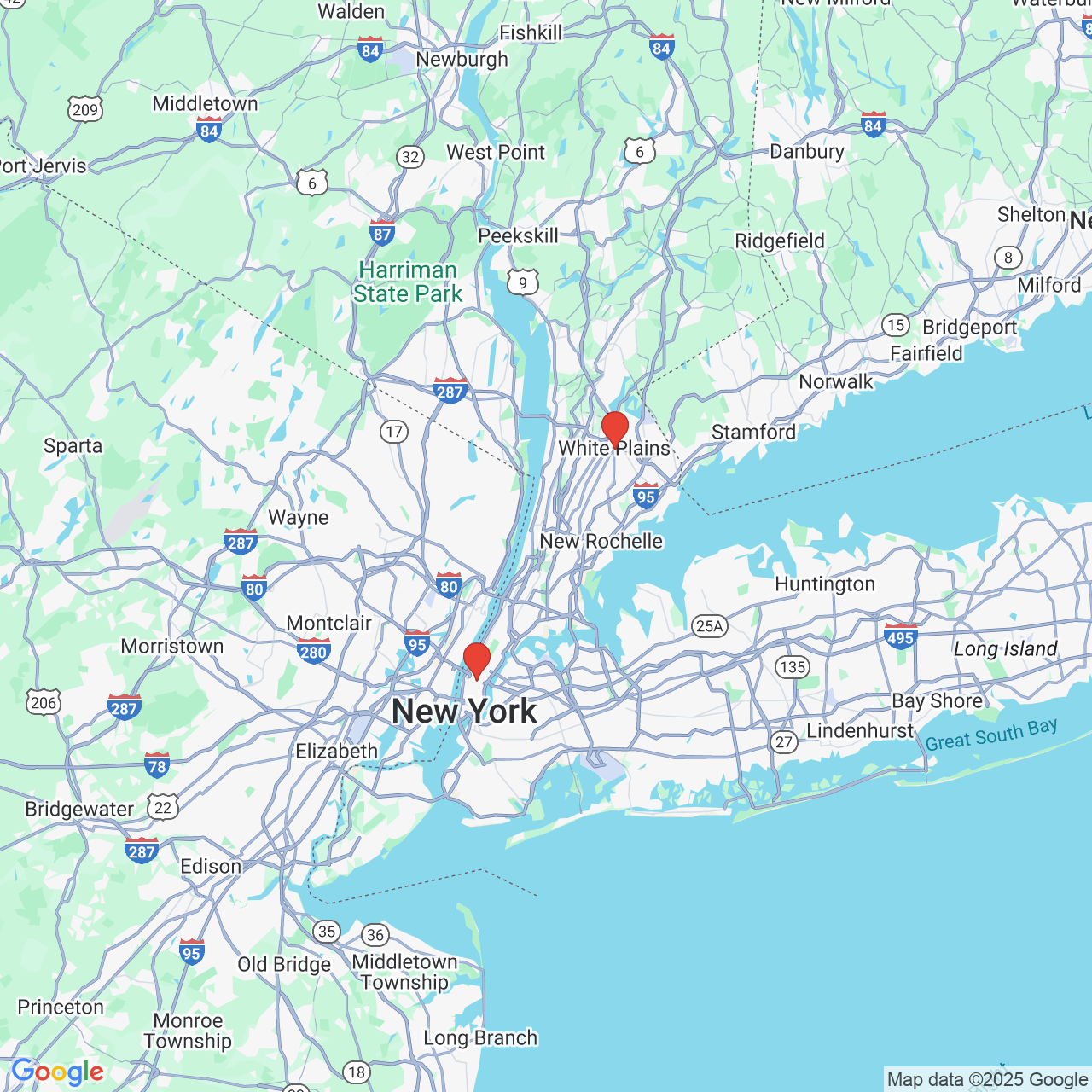Illegal Immigration Reform and Immigrant Responsibility Act (IIRIRA)
Our New York Asylum lawyers are thoroghly familiar with the in and outs of the ever changing asylum process. One of the tools that the present administration is using to foreclose asylum applicants from gaining a protected states is The Illegal Immigration Reform and Immigrant Responsibility Act (IIRIRA), which provides for the expedited removal of certain “applicants” seeking admission into the United States, whether at a designated port of entry or elsewhere. 8 U. S. C. §1225(a)(1). An applicant may avoid expedited removal by demonstrating to an asylum officer a “credible fear of persecution,” defined as “a significant possibility . . . that the alien could establish eligibility for asylum.” §1225(b)(1)(B)(v). An applicant who makes this showing is entitled to “full consideration” of an asylum claim in a standard removal hearing. 8 CFR §208.30(f). An asylum officer’s rejection of a credible-fear claim is reviewed by a supervisor and may then be appealed to an immigration judge. §§208.30(e)(8), 1003.42(c), (d)(1). But IIRIRA limits the review that a federal court may conduct on a petition for a writ of habeas corpus. 8 U. S. C. §1252(e)(2). In particular, courts may not review “the determination” that an applicant lacks a credible fear of persecution.
A recent case demonstrates the barriers that this law presents to those immigrant seeking asylum. Vijayakumar Thuraissigiam is a Sri Lankan national who was stopped just 25 yards after crossing the southern border without inspection or an entry document. He was detained for expedited removal. An asylum officer rejected his credible-fear claim, a supervising officer agreed, and an Immigration Judge affirmed. Respondent then filed a federal habeas petition, asserting for the first time a fear of persecution based on his Tamil ethnicity and political views and requesting a new opportunity to apply for asylum. The District Court dismissed the petition, but the Ninth Circuit reversed, holding that, as applied here, §1252(e)(2) violates the Suspension Clause and the Due Process Clause.
As applied here, Section 1252(e)(2) does not violate the Suspension Clause provides that “[t]he Privilege of the Writ of Habeas Corpus shall not be suspended, unless when in Cases of Rebellion or Invasion the public Safety may require it.” Art. I, §9, cl. 2. This Court has held that, at a minimum, the Clause “protects the writ as it existed in 1789,” when the Constitution was adopted. INS v. St. Cyr, 533 U.S. 289, 301. Habeas has traditionally provided a means to seek release from unlawful detention. Respondent does not seek release from custody, but an additional opportunity to obtain asylum. His claims therefore fall outside the scope of the writ as it existed when the Constitution was adopted. At a minimum, the Clause “protects the writ as it existed in 1789.” Habeas has traditionally provided a means to seek release from unlawful detention. Thuraissigiam does not seek release from custody, but an additional opportunity to obtain asylum. His claims fall outside the scope of the writ as it existed when the Constitution was adopted. As applied here, Section 1252(e)(2) does not violate the Due Process Clause. For aliens seeking initial entry, the decisions of executive or administrative officers, acting within powers expressly conferred by Congress, are due process of law. An alien who is detained shortly after unlawful entry cannot be said to have “effected an entry.” An alien in Thuraissigiam’s position has only those rights regarding admission that are provided by statute. Respondent had pointed to British and American cases decided before or around the Constitution’s adoption. All those cases show is that habeas was used to seek release from detention in a variety of circumstances. Respondent also argued that some cases show aliens using habeas to remain in a country. But the relief ordered in those cases was simply release; an alien petitioner’s ability to remain in the country was due to immigration law, or lack thereof. The relief that a habeas court may order and the collateral consequences of that relief are two entirely different things. Although respondent claims to rely on the writ as it existed in 1789, his argument focuses on this Court’s decisions during the “finality era,” which takes its name from a feature of the Immigration Act of 1891 making certain immigration decisions “final.” In Nishimura Ekiu v. United States, 142 U.S. 651, the Court interpreted the Act to preclude judicial review only of questions of fact. Federal courts otherwise retained authority under the Habeas Corpus Act of 1867 to determine whether an alien was detained in violation of federal law. Thus, when aliens sought habeas relief during the finality era, the Court exercised habeas jurisdiction that was conferred by the habeas statute, not because it was required by the Suspension Clause.
The Court’s more recent decisions in Boumediene v. Bush, 553 U.S. 723, and St. Cyr, 533 U.S. 289, also do not support respondent’s argument. Boumediene was not about immigration at all, and St. Cyr reaffirmed that the common-law habeas writ provided a vehicle to challenge detention and could be invoked by aliens already in the country who were held in custody pending deportation. It did not approve respondent’s very different attempted use of the writ. These decisions serve to limit the avenues that asylum seekers have to challenge unfair asylum determinations.









